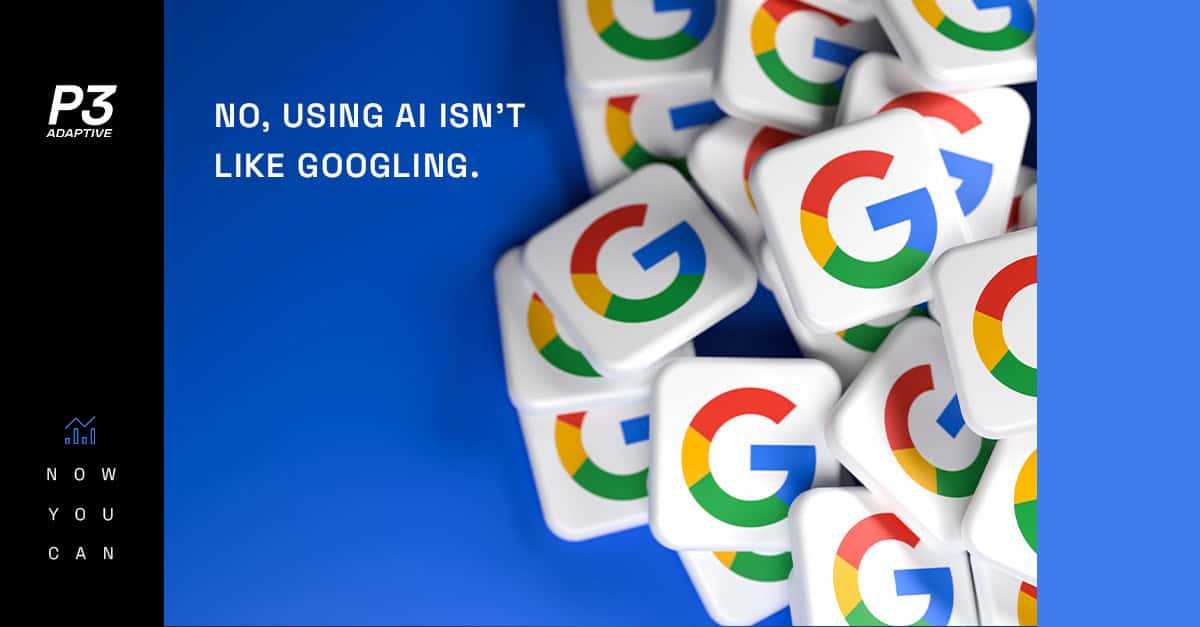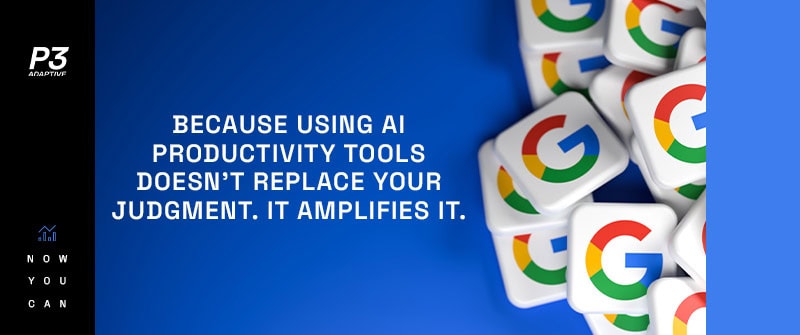
If You’re Treating an AI Productivity Tool Like Google, You’re Missing the Point.
A post on a Glassdoor tech forum caught my eye recently: “Using AI isn’t a special skill. It’s no different from using Google.”
And honestly? It reminded me of something that played out quietly decades ago, back when car mechanics first started using code readers.
Back Then, It Was the Mechanics
There was a time when diagnosing a car meant getting your hands dirty. Listening to the engine. Watching how it behaved. Knowing what that weird rattle at 2,000 RPM meant. It took time, intuition, and experience.
Then came code readers. Suddenly, you could plug in a device, and—et voilà—a trouble code popped up. Supposedly, anyone could do it. You didn’t have to “feel” the engine anymore.
And yes, the code reader gave you a code. But that code? It didn’t hand you the answer. It pointed at a symptom that could mean five different things.
And here’s the thing, nobody really debated whether it would replace mechanics or mean they didn’t have to continue to upskill for the next car model. In the car world, it just became obvious: the tool didn’t replace the craft. It became part of it and made the good ones even better.
The good mechanics? They used those tools to speed up the grunt work. To confirm their hunches. To make better decisions, faster. The tool didn’t make them obsolete; it gave their expertise more reach.
Today, It’s the Knowledge Workers
AI productivity tools are the code reader for modern work. They plug into what you’re doing and give you a signal. But that signal? It’s just the start.
Ask a question, and you’ll get an answer. But that answer? It might be right. It might be off. Or it might be just one interpretation of a bigger issue.
Just like a P0302 doesn’t tell you exactly what’s wrong, an AI response doesn’t hand you truth. It gives you a direction.
It’s up to you to figure out if that direction makes sense — or if you’re about to replace the spark plug when the real issue is a cracked manifold.
Google gives you a pile of links. AI gives you a polished take. But both still depend on the same thing:
You.
That’s why prompting well isn’t just typing a sentence. It’s strategic thinking. It’s stress-testing what comes back and pushing it until it clicks.
Because the tool is easy to use. But using it well? That’s still a skill.
The Tools Got Smarter. We Can Too.
Just like mechanics didn’t disappear when diagnostics got automated, knowledge workers aren’t going anywhere. But the ones who learn to work with the tools — not just next to them — are going to move faster, see sharper, and outpace the rest.

Because using AI productivity tools doesn’t replace your judgment. It amplifies it.
So no, using AI isn’t like Googling. It’s like diagnosing with a code reader instead of guessing by ear. Still takes know-how. Still takes context. Still takes you.
And being good at it doesn’t make you less skilled.
It makes you more capable.
This Is Our Sweet Spot
We’re not AI evangelists. We’re performance obsessives.
If AI productivity tool helps you see faster, decide smarter, and act sooner — we’re in.
Most orgs already have what they need. The platforms. The data. The potential.
What they don’t have is leverage.
That’s where we come in, not to add more tools, but to unlock what’s already there.
It’s not “magic.” It’s fluency. It’s knowing where to look, what to ask, and how to move.
That’s what we do. Every day.
And we’re pretty damn good at it.
AI Skills Matter Now. And They’re Only Getting More Valuable.
This isn’t a trend. It’s a shift.
Working well with AI productivity tools is already separating the fast from the stuck, the people who adapt from the ones still guessing.
Because using AI isn’t extra credit anymore. It’s the job.
If you’re ready to sharpen those skills — to think faster, move smarter, and get more out of the tools you already have — we’re ready to show you how.
No fluff. No hype. Just fluency, in action.
Get in touch with a P3 team member